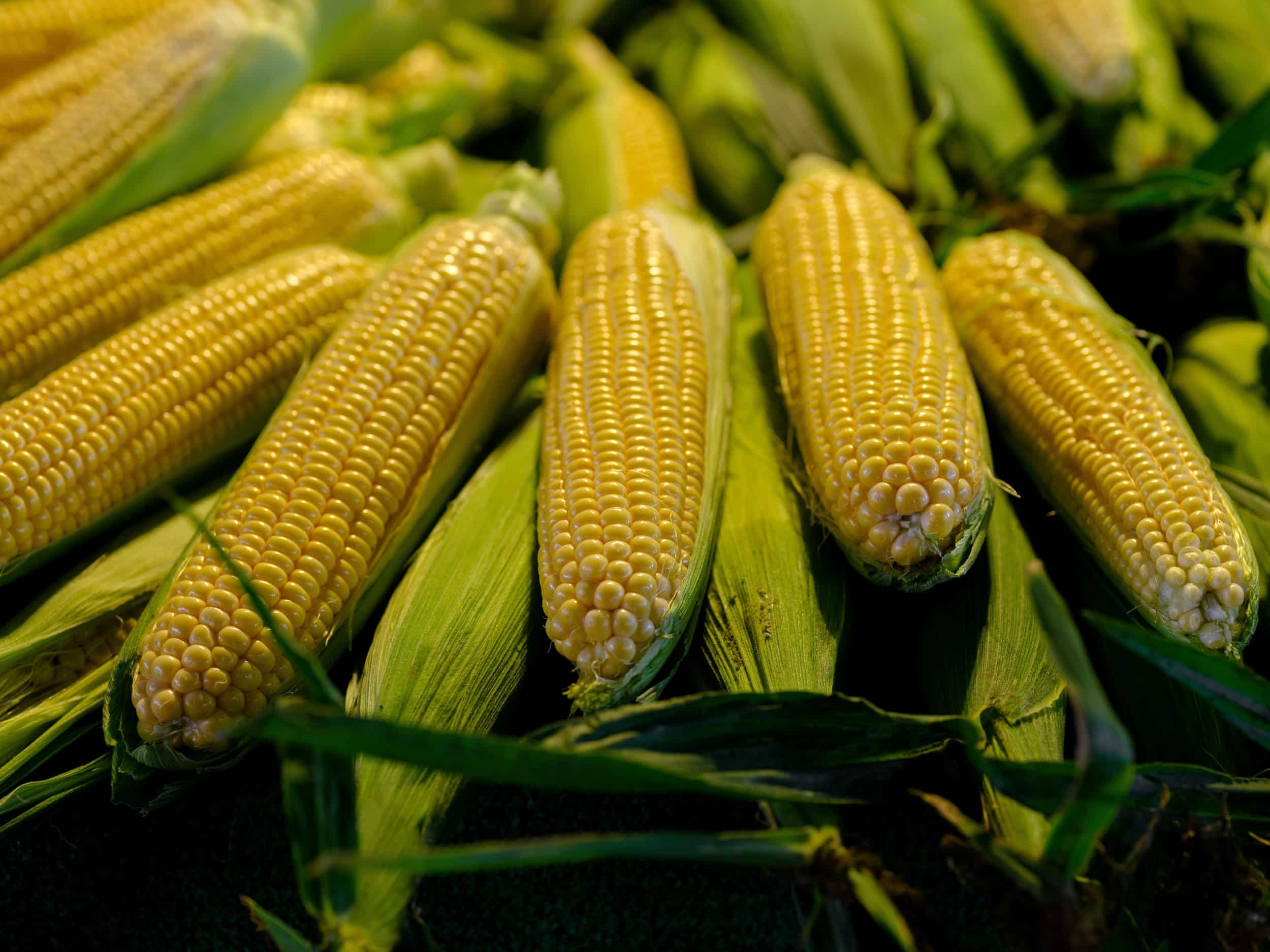Key Points:
- Lallemand Plant Care introduces LALRISE® SHINE DS, a dry seed treatment for corn and dry bean growers in the U.S.
- Combines the Pizazz® seed finisher with a proprietary plant growth-promoting microbe (PGPM) for enhanced root vigor and nutrient availability.
- Increases phosphorus availability by up to 28% and root mass growth by up to 20%.
- Easy to apply using commercial seed treatment equipment or directly on-farm.
- Designed to optimize crop input investments and improve fertility performance in varying soil pH conditions.
A New Solution for Seedling Vigor
Lallemand Plant Care (Company Profile) has announced the launch of LALRISE® SHINE DS, a cutting-edge dry seed treatment designed to help U.S. corn and dry bean growers enhance seedling vigor and overall crop growth. This innovative product combines the proven performance of Pizazz® seed finisher with Lallemand’s proprietary Bacillus velezensis microbe to unlock seeds’ full potential from germination.
According to Mark D. Vortherms, National Sales Director at Lallemand Plant Care, the product works by solubilizing phosphorus from organic and inorganic sources, increasing root vigor, and improving crop uniformity. “This significantly enhances the establishment of young plants and leads to higher yields,” Vortherms said.
Key Benefits of LALRISE® SHINE DS
Enhanced Phosphorus Availability
The treatment improves nutrient uptake, increasing phosphorus availability in the rhizosphere by up to 28%. This allows plants to access essential nutrients more efficiently, supporting robust early-stage growth.
Boosted Root Mass Growth
LALRISE® SHINE DS promotes root development, increasing root mass by up to 20%. A larger root surface area ensures better nutrient and water access, contributing to improved overall plant health and crop performance.
Versatile Application Methods
For Commercial Use
The product can be seamlessly integrated into commercial seed treatment processes using a dry powder mill. Its compatibility with existing systems makes it an efficient choice for large-scale operations.
On-Farm Options
Growers can also apply LALRISE® SHINE DS directly on-site by top dressing it into the center fill or hopper box or coating seeds before transferring them into the planter. This flexibility makes it suitable for operations of all sizes.
Addressing Soil Challenges and Optimizing Inputs
LALRISE® SHINE DS is particularly valuable for optimizing phosphorus fertility in soils with fluctuating pH levels. By improving nutrient availability and crop homogeneity, it helps growers maximize the return on their crop input investments.
“This product provides an easy-to-use solution that enhances phosphorus efficiency and supports higher crop yields,” Vortherms stated.



1 Comment